2019 Independence Day: Top Indian Two-Wheeler Brands
In 2017, India surpassed China to become the world's largest two-wheeler market by volume. With a population of over 1.3 billion people, India loves its two-wheelers and it is the default choice of personal transport. From humble 100 cc motorcycles and automatic scooters to performance-oriented, and slightly more premium motorcycles, India is now the world's two-wheeler hub with overall two-wheeler sales crossing 2 crore units for the first time in financial year 2017-2018. Over the last three or four decades of the Indian two-wheeler industry, several homegrown manufacturers have started from humble beginnings to become some of the world's biggest success stories in the world of motorcycles and scooters. Here's a look at the top Indian two-wheeler brands which have immense contribution to put India on the global map as the go-to place for two-wheelers.
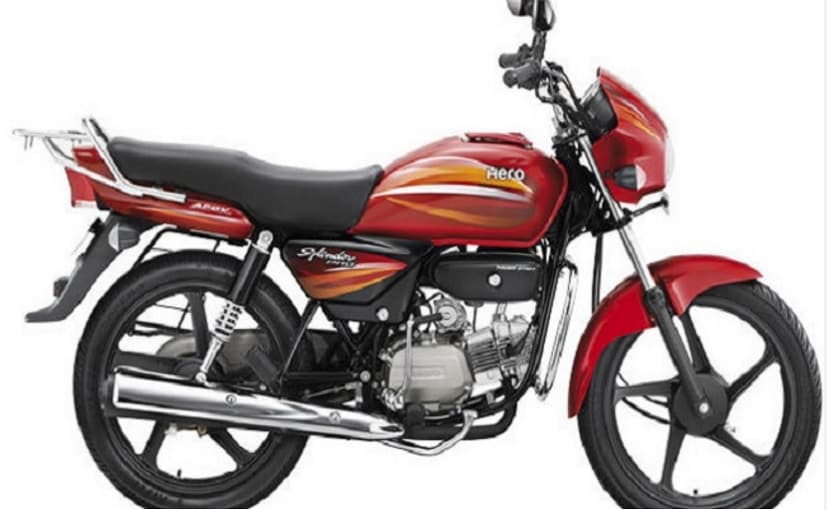
(The Hero Splendor is still the largest selling motorcycle in India)
1. Hero MotoCorp
Hero MotoCorp is the world's largest manufacturer of two-wheelers based in New Delhi. The company, formerly known as Hero Honda, started its operations as a joint venture between the Hero Group and Honda Motor Company in 1984. The joint venture not only created the world's largest two-wheeler company but also one of the most successful joint ventures worldwide. Initially starting off with motorcycles under the Hero Honda brand, the first 100 cc four-stroke motorcycles of the 1980s became extremely popular for their fuel economy and low running costs. A popular advertisement campaign based on the Hero Honda CD100, with the slogan "Fill it - Shut it - Forget it" helped the company cement its position as the leader in the 100 cc segment in the 1980s and '90s.

(The Hero Xtreme 200R is Hero MotoCorp's newest motorcycle)
In 2010, Hero decided to terminate the joint venture with Honda in a phased manner and by 2011, the Hero Honda name was changed to Hero MotoCorp. Today, Hero MotoCorp is the world's largest two-wheeler manufacturer by volume and has over 46 per cent market share in the Indian two-wheeler market. Today, Hero sells over 7 lakh two-wheelers on an average every month and exports its two-wheelers to several countries, not just in the South Asian region, but also to Latin America, Africa and West Asia. In 2016, Hero MotoCorp formed the Hero MotoSports Team Rally through a strategic partnership between Hero MotoCorp and German off-road specialist Speedbrain GmbH. The Hero MotoSports Team Rally has gone on to participate in several international rally raid championships including the Dakar Rally, where Hero finished at an impressive 12th place in its debut outing at the Dakar 2017.
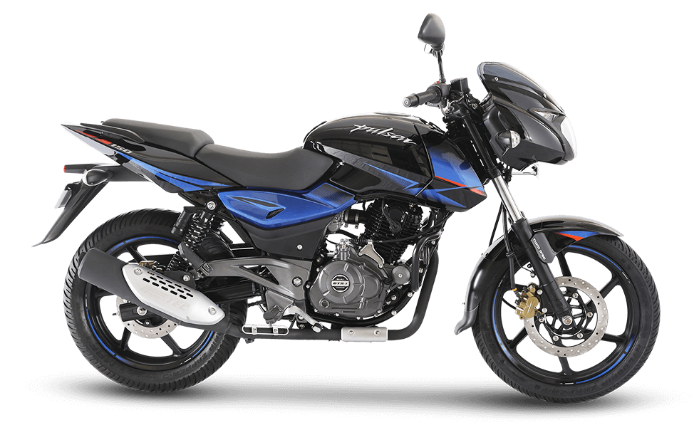
(The Bajaj Pulsar 150 is still the highest-selling 150 cc motorcycle)
2. Bajaj Auto
Bajaj Auto is one of the oldest two-wheeler manufacturers in India and currently manufactures motorcycles and three-wheelers. Although Bajaj Auto started out by selling imported two- and three-wheelers in India, by the 1960s, Bajaj established itself as a manufacturer of scooters after obtaining a licence from Piaggio to manufacture Vespa scooters in India. The Bajaj 150, Bajaj Super and Bajaj Chetak scooters became household names in the 1970s and '80s and established Bajaj as the leading two-wheeler manufacturer in India. A popular television advertisement campaign titled "Hamara Bajaj" in the '80s established Bajaj as a truly Indian manufacturer with a vast fan following and customer base. In 1984, Bajaj established an alliance with Japan's Kawasaki to launch the company's first 100 cc two-stroke motorcycle, the Kawasaki-Bajaj KB100, followed by several other models, under a technical assistance agreement with Kawasaki to expand production and sales of motorcycles in India.
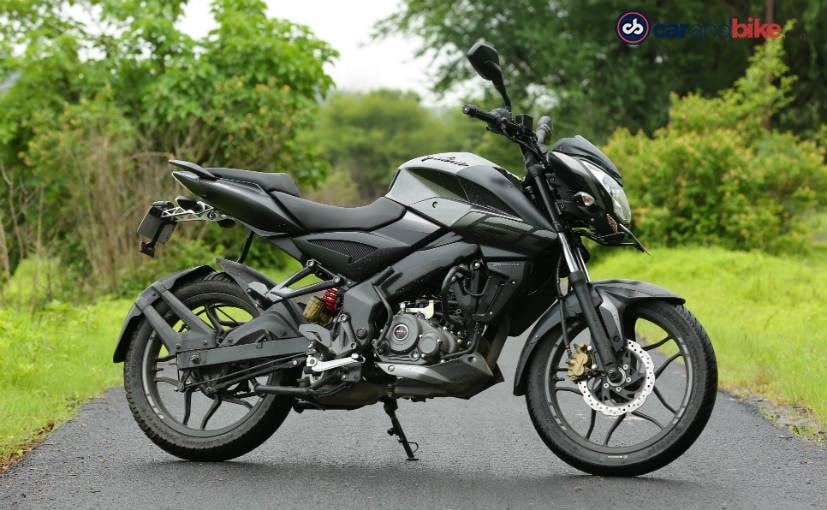
(Bajaj Auto is India's largest exporter of motorcycles)
Bajaj started launching motorcycles in 1986, and changed its image from being just a scooter manufacturer to a two-wheeler manufacturer. The launch of the Bajaj Pulsar range of motorcycles in the early 2000s and the success and market response to the Pulsar series made Bajaj become one of the most successful motorcycle manufacturers in the country. Even today, the Bajaj Pulsar 150 is one of the largest selling motorcycles in the 150 cc segment. Today, Bajaj Auto is India's largest exporter of motorcycles and three-wheelers, with exports accounting for approximately 35 per cent of the company's total sales. Nearly half of Bajaj Auto's exports are to Africa. Bajaj Auto also owns KTM with nearly 49 per cent stake in the Austrian brand, and also has a complete made in India line of motorcycles under the Bajaj Discover, Pulsar and Avenger series. In 2017, Bajaj Auto announced a non-equity partnership with British motorcycle brand Triumph to manufacture small displacement motorcycles under the Triumph brand name to be sold in India and other emerging markets. Bajaj Auto is currently working on a range of electric two-wheelers, three-wheelers and quadricycles under a new vertical to be called Bajaj Urbanite.
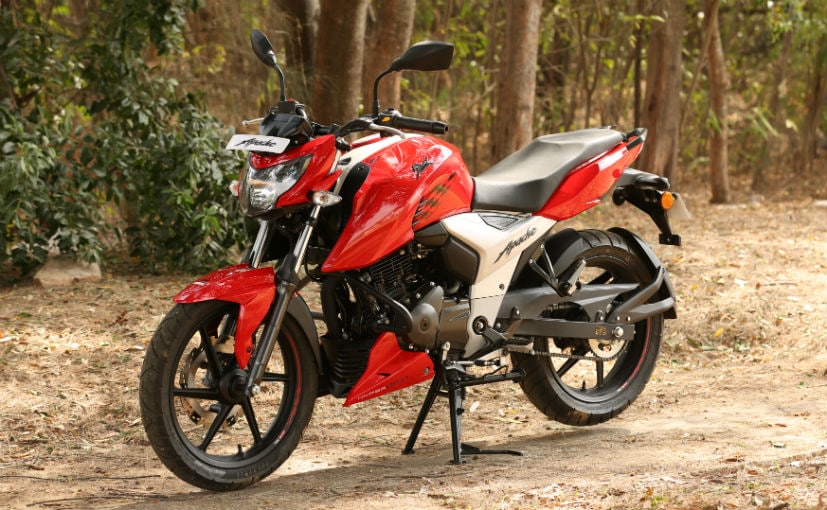
(TVS has emerged as a manufacturer of two-wheelers with very good build quality and engineering)
3. TVS Motor Company
TVS Motor Company is the third largest motorcycle company in India after Hero MotoCorp and Bajaj Auto and has an annual revenue of over Rs. 13,000 crore. After Bajaj, TVS is also the second largest exporter in India, with exports to over 60 countries. TVS Motor Company started out in 1978 as a manufacturer of mopeds, and forayed into motorcycle production with one of the first Indo-Japanese joint ventures in 1982 with Suzuki to form the Ind-Suzuki brand. The Ind-Suzuki AX100, produced in 1984, was the first 100 cc two-stroke motorcycle of the 1980s which started a revolution in the Indian motorcycle market, followed by iconic models from other brands such as the Hero Honda CD100, Yamaha RX100 and Kawasaki-Bajaj KB100.
TVS and Suzuki shared a 19-year-long partnership, under which motorcycles were designed and manufactured specifically for the Indian market. The company was renamed TVS-Suzuki and produced several iconic models of the 1980s and 1990s. The Ind-Suzuki AX-100 was renamed the TVS-Suzuki AX-100 with an AX-100R variant as well as TVS-Suzuki Supra. During the 1990s, TVS dropped the prefix in its motorcycles and started manufacturing and selling motorcycles like the Suzuki Samurai, Suzuki Shogun and Suzuki Shaolin. In 2001, the partnership with Suzuki ended and the company was renamed as TVS Motor. Motorcycles such as the Suzuki Fiero continued to be manufactured and rebranded as TVS Fiero, after the company relinquished its rights to use the Suzuki name.
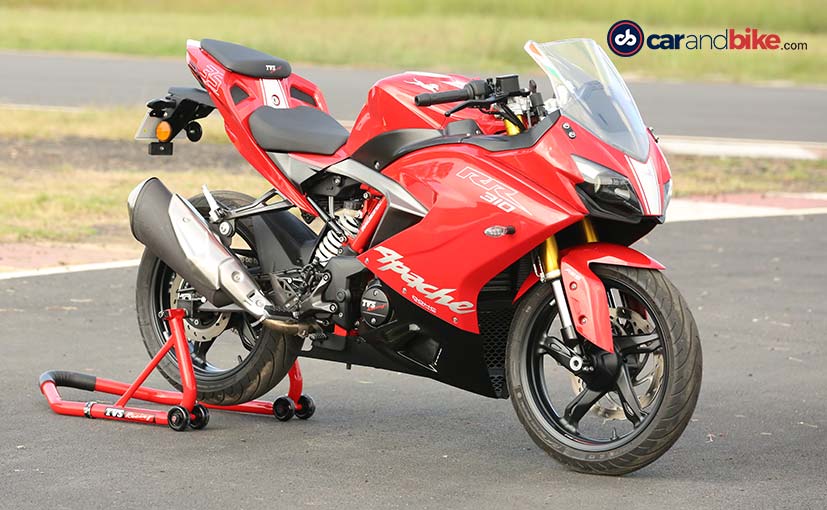
(The TVS Apache RR 310 is the company's flagship motorcycle based on the common platform with BMW Motorrad's G 310 series motorcycles)
Today, TVS Motor Company manufactures and sells a range of two-wheelers including scooters, and motorcycles in the 100 cc, 110 cc, 160 cc, 180 cc and 200 cc segments. TVS also has a joint collaboration agreement with German brand BMW Motorrad under which TVS manufactures the BMW G 310 R and BMW G 310 GS bikes for India and the rest of the world. TVS also has its own version of the 310 cc common platform under the brand name TVS Apache RR 310. The Apache series of motorcycles is a popular sub-brand of TVS with several premium commuter motorcycles. In 2015, TVS Racing became the first Indian factory rally team to participate in the Dakar Rally, and partnered with French motorcycle manufacturer Sherco to name the team Sherco TVS Rally Factory Team.
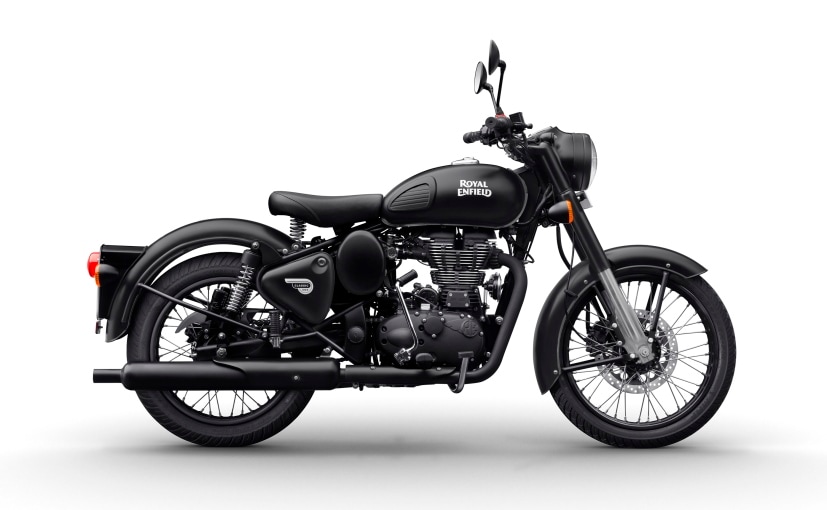
(The Royal Enfield Classic 350 is the company's single largest selling model)
4. Royal Enfield
Royal Enfield is one of the most iconic motorcycle brands of India, and takes pride in being the oldest motorcycle brand in the world still in production. First established in 1901 as a British brand, Royal Enfield was first introduced in India in 1955, when the original British-origin brand partnered with Madras Motors in India to form Enfield India, to assemble, under licence, the Royal Enfield Bullet 350 in Chennai. By 1962, Madras Motors started making all the components of the Royal Enfield Bullet 350 in India. While the original Royal Enfield factory in Redditch shut shop in 1967, with the company finally dissolved in 1971, Enfield India continued making the Bullet and began branding the motorcycles Royal Enfield. By the 1990s, Royal Enfield collaborated with the Eicher Group and merged with it in 1994. Throughout the 1980s and '90s, Royal Enfield managed to carve a niche for itself with the 350 cc Bullet, despite stiff competition from the 100 cc two-stroke onslaught during the 1980s and '90s from the Indo-Jap collaborations.
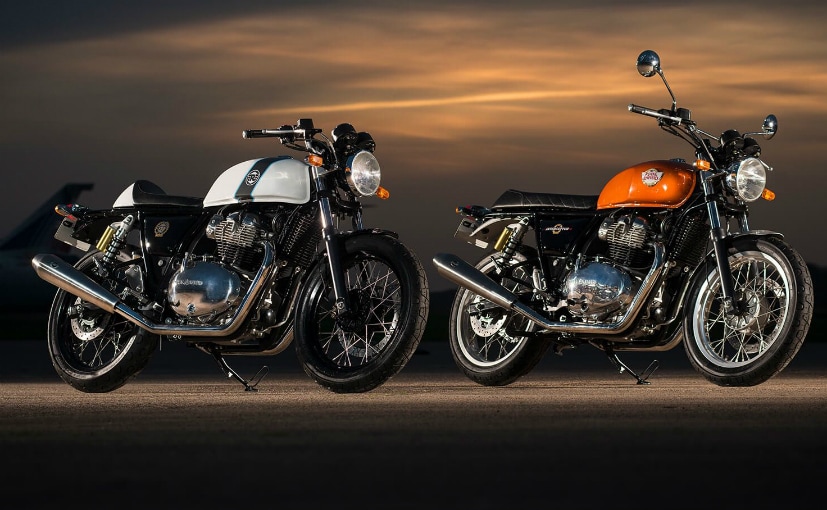
(The Royal Enfield 650 cc twins will be the flagship motorcycle models when they are launched later this year)
By the turn of the century, Royal Enfield started making several changes in the technology of the motorcycles, introducing new engines, first in technical collaboration with Austria's AVL, and then later on introducing the unit construction engine (UCE) and a shift from the traditional right hand side gear shift to the more conventional left hand side shifter. A growing community of Royal Enfield riders, and the choice of Royal Enfield bikes as the motorcycle of choice for long distance touring propelled the company forward with growing sales. Over the past few years, Royal Enfield has broken all previous sales records of the company, and now sells between 60,000 and 70,000 motorcycles a month. The company currently sells motorcycles in more than 50 countries, including the UK, US, Brazil, Indonesia and Thailand. Royal Enfield has established a new Technology Centre in the UK, where the company unveiled the brand new 650 cc, twin-cylinder engine which will power the next generation of Royal Enfield motorcycles. The new Royal Enfield 650 Twins, the Royal Enfield Interceptor 650, and the Royal Enfield Continental GT 650, today form the company's first global push, and aspirations to make Royal Enfield a global leader in the mid-size motorcycle market. From being a British motorcycle brand, to one of the most profitable Indian motorcycle brands, Royal Enfield certainly takes pride of place as being one of the most celebrated success stories in the Indian motorcycle industry.
from NDTV CarAndBike - Latest News
Comments
Post a Comment